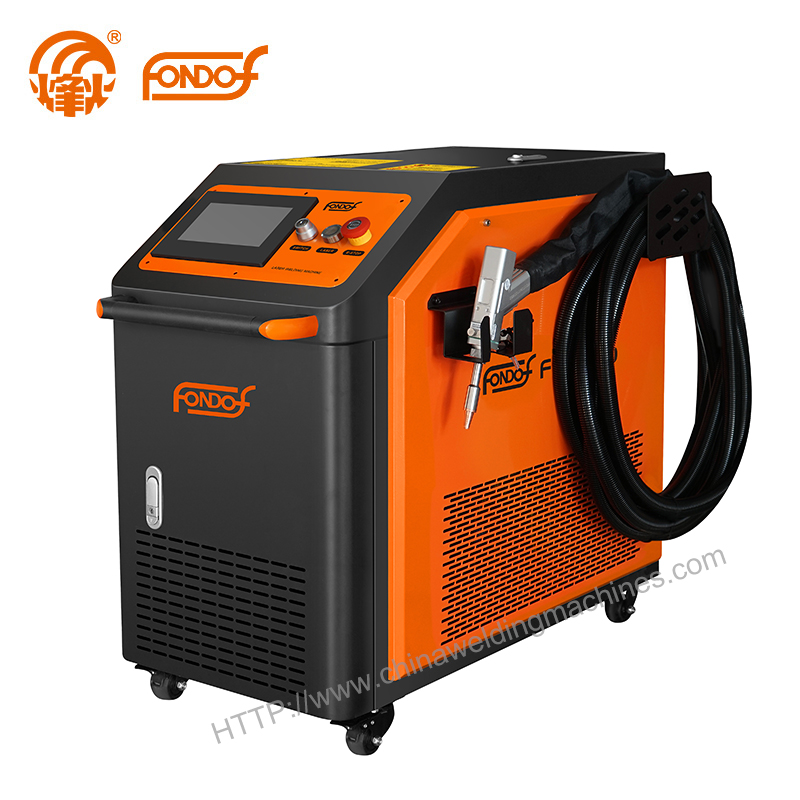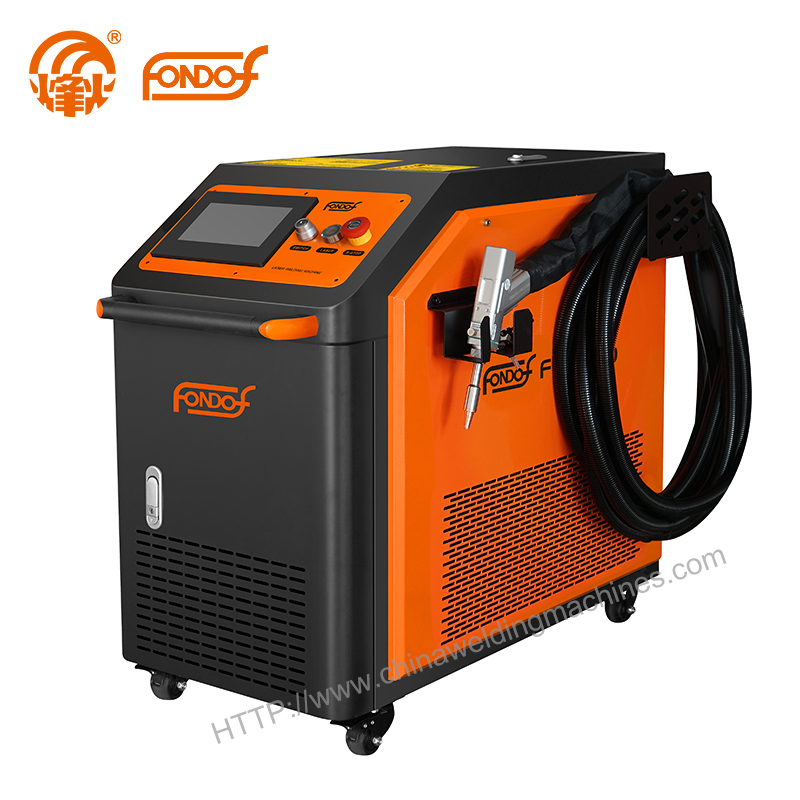TIG Welding Process and Its Advantages
 Jul. 08, 2022
Jul. 08, 2022
What Is TIG Welding?
Tungsten inert gas welding, also known as gas tungsten arc welding (GTAW), is a welding process that joins pieces of metal together through a welding current. An inert gas is supplied to the welding torch that flows along the welding arc to protect the metals from oxidation and from forming small circular gaps. A tungsten electrode is assembled within the welding torch, which has a higher melting point than most metals.

TIG Welding Process
The first step in the TIG welding process is to adjust the machine to the right settings, such as the current and voltage, through the rotating knobs on the machine. Next, the correct pressure for the inert gas in the supply tank must be set through a flowmeter regulator. The TIG torch should also be modified according to the project requirements by choosing an electrode with the correct diameter, TIG collet, and other parts. Above everything else, prioritise having clean protective gear to have clear vision while doing welds.
After all the prep work is done, it’s time to weld the metals together. Several things should be considered to ensure a smooth flow of operation: the arc length, travel speed, torch angle, and other precautionary measures. TIG welds can run weld beads without filler material, only melting the base metals, but you can use it with filler rods or metal coils if the project requires it to.
Advantages of TIG Welding
● TIG welding can be performed on a wide array of different metals and alloys.
● A TIG welder has many customisable functions, perfect for specific operations.
● Applicable to varying types of metal thicknesses and complex metal welding. Although for really thick metals, MIG is often preferred.
● A non-consumable electrode and a stable arc allow for greater control and create high-quality TIG welds.
● Safe gases are used in this gas metal arc welding process, as a result it has fewer weld defects.
● TIG welding can be performed at awkward angles. An example would be its application in welding overhangs, where the welding torch has to be in a unique position.
● It is easy to view the workpiece since the shielding gas is colourless with minimal smoke formed.
 Previous:
What Do I Need for TIG Welding?
Previous:
What Do I Need for TIG Welding?
 Next:
MIG Welding Gas
Next:
MIG Welding Gas


























